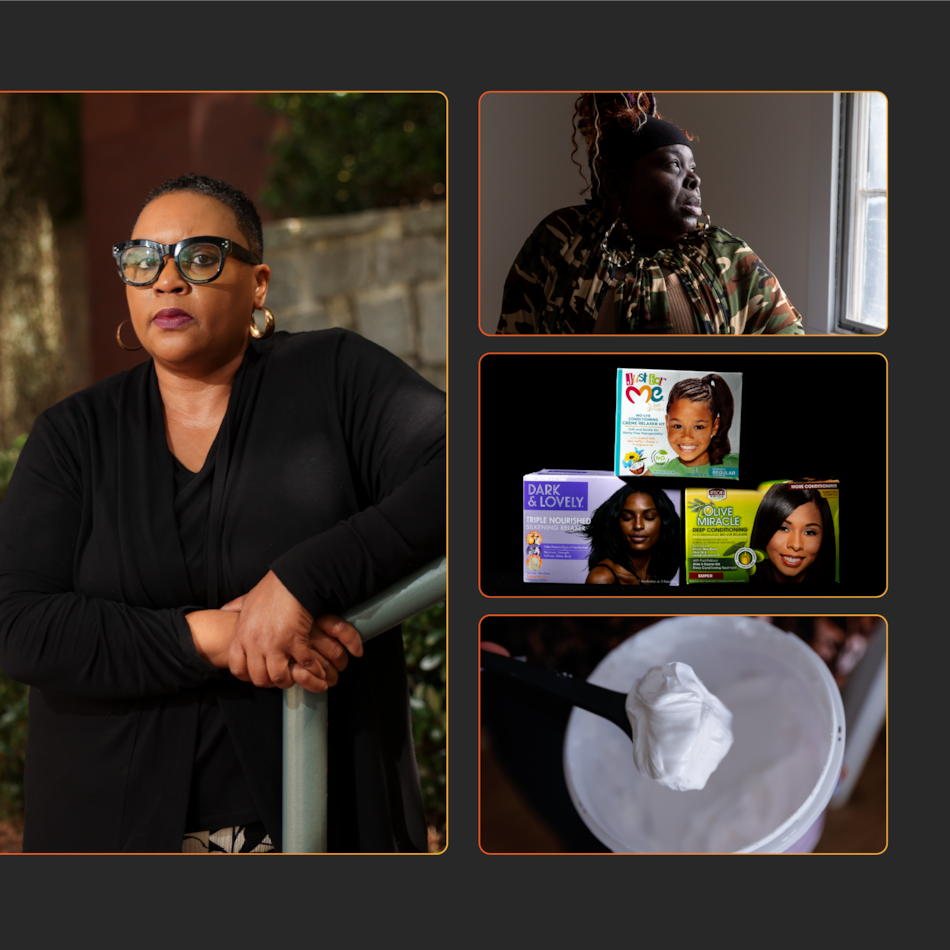The "tan tax" officially took effect Thursday with a 10 percent tax on some tanning services. But the little publicized provision, which is part of the new federal health care act, has caused a some confusion.
Regulations from the Internal Revenue Service on how to collect the tax were not issued until June 15, said Jamie Schachter, owner of the four Hollywood Tans in the metro area servicing about 70,000 customers.
"About 50 percent of our customers have been shocked when we told them. We have to explain it to them," said Michelle Rogers, manager of Hollywood Tans at Toco Hills.
The tax, expected to raise $2.7 billion over 10 years from 20,000 indoor tanning salons around the country, stemmed from a "botax" – a proposed five percent tax on elective cosmetic surgery that was removed from the legislation after pressure from plastic surgeons, the makers of Botox and the American Medical Association.
While the tan tax has not yet had a huge negative impact on larger local chains, here are some things you should know:
- The 10 percent tax applies only to services that use ultraviolet (UV) radiation with wavelengths in air from 200 to 400 nanometers. It does not include spray tans or airbrushing such as Mystic Tan.
- Gyms and fitness centers with tanning services are exempt, as are medically related UV services conducted in doctors' offices such as phototherapy to treat skin conditions and seasonal affective disorder.
- The tan tax is collected when you pay for the service or package, not when the service is rendered. If you are buying packages that combine UV services with non-UV services, the salon should tax at a rate below 10 percent.
- Inquire about specials. At Hollywood Tans, Schachter doubled the rewards program to 10 percent to help offset the tax on certain memberships priced from $15 to $100.
- Object to the tax? Visit www.repealtantax.com sponsored by the Indoor Tanning Association to make your voice heard.
About the Author
Keep Reading
The Latest
Featured

